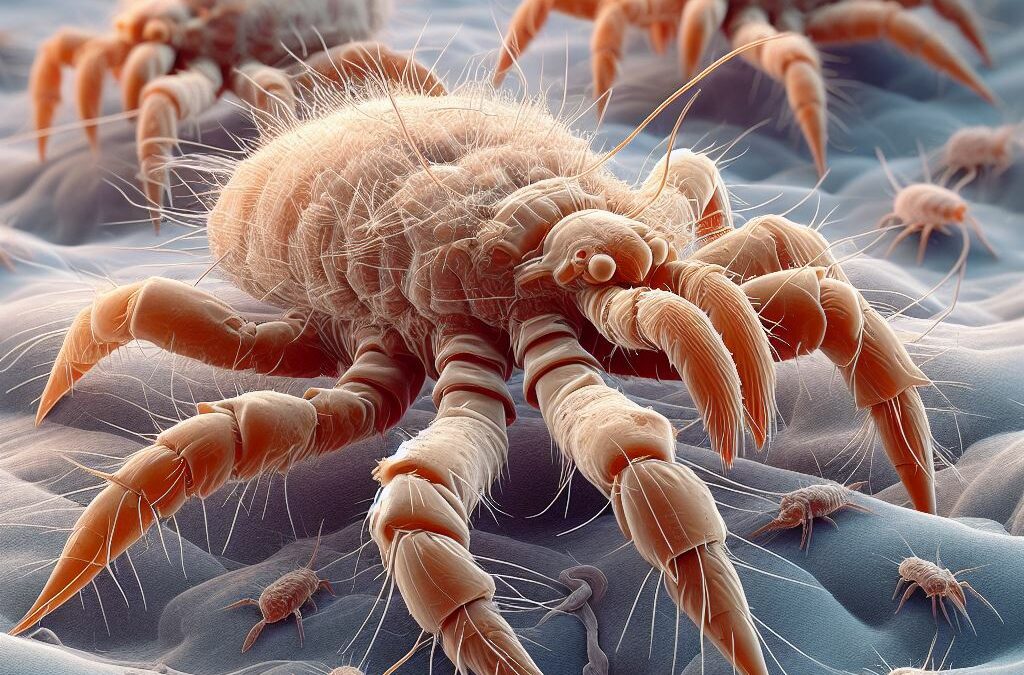What are dust mites?
Dust mites are microscopic organisms that feed on house dust and moisture in the air. They are one of the most common indoor allergens and can cause allergy symptoms throughout the year. In addition to sinus issues, dust mites can also trigger asthma and eczema flare-ups. People with dust mite allergies may have symptoms flare up when vacuuming, sweeping and dusting, since stirring up dust particles can make them easier to inhale. Some of the symptoms of dust allergies include: sneezing, runny or stuffy nose, red, itchy or teary eyes, wheezing, coughing, tightness in the chest and shortness of breath, as well as, itching.
How are dust mite allergies triggered?
There are a number of different things that can trigger dust mite allergies including:
- Cockroaches: tiny particles from the cockroach are a common component of household dust and may be the true cause of a dust allergy.
- Mold: People with mold allergies get allergy symptoms when they inhale mold spores, many of which cannot be seen. Tiny mold particles and spores are a common component of household dust and may actually be the cause of a dust allergy.
- Pollen: Pollen from trees, grasses, flowers and weeds can cause allergy symptoms throughout people with dust mite allergies.
- Animal hair, fur and feathers: pets can cause problems for people with allergies in several ways: dander, saliva and urine can cause an allergic reaction, especially when combined with household dust.
How can you get rid of dust mites?
While it is nearly impossible to completely eliminate dust mites from your home, you can take measures to minimize exposure by keeping your home as dust-free as possible.
Vacuuming and dusting are not enough to remove dust mites, since dust mites live deep inside your upholstery, mattresses, carpets and other furniture items. By covering mattresses, pillows, and upholstered furniture with furniture covers, you can also effectively reduce dust mites ability to burrow into and climb out of furniture, since the pores in the covers are too small for dust mites to crawl through. Another way to reduce dust mites is to wash sheets, blankets, and other bedding every week in hot water to kill dust mites.
Other ways to reduce dust mites include using a dehumidifier to reduce humidity and cleaning hard surfaces with a wet mop or cloth to avoid stirring dry allergens into the air. You can also use HEPA filters to trap dust mites and other allergens, but you should change the filters every three months, so they remain effective.
If you are concerned about allergies caused by dust mites, you should have your home or business tested. We are able to collect samples of household furniture to develop the level of dust mites present and help you develop a plan to get rid of these unwanted nuisances. Contact Rarefied Air Environmental today for a free quote on dust mite testing!

